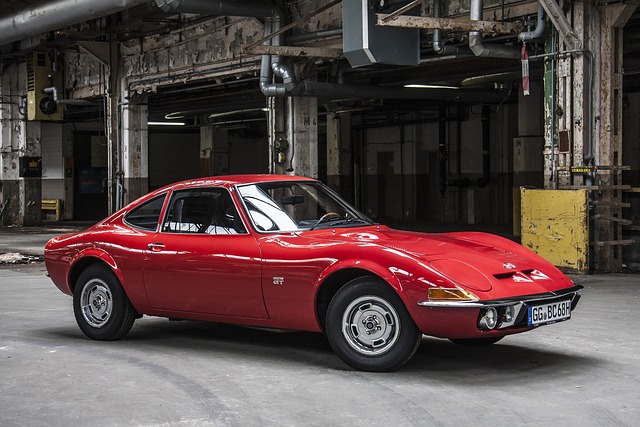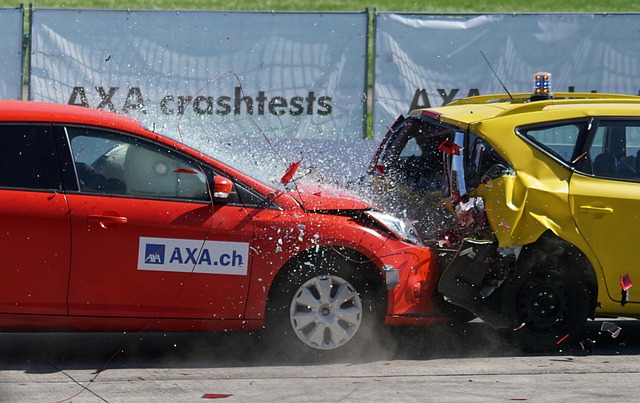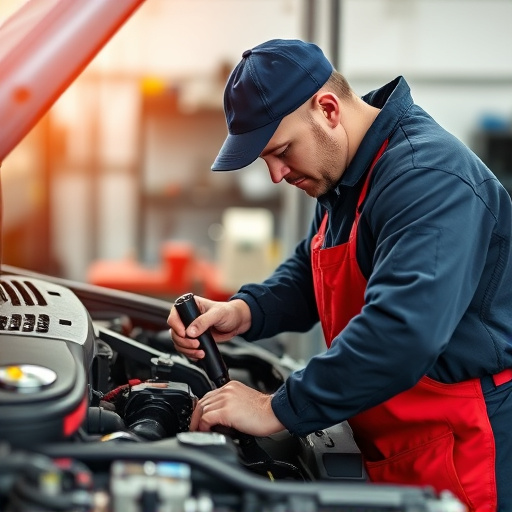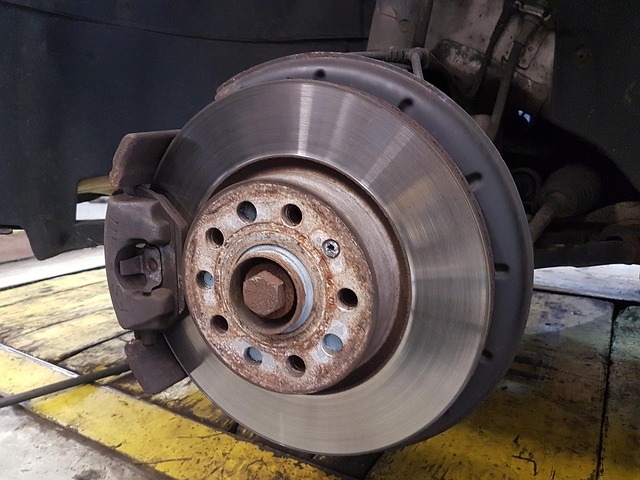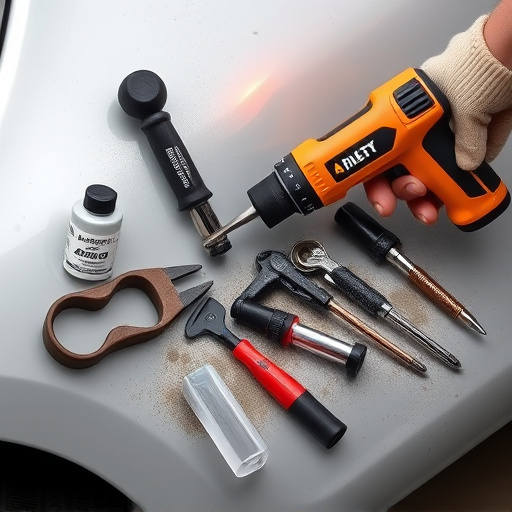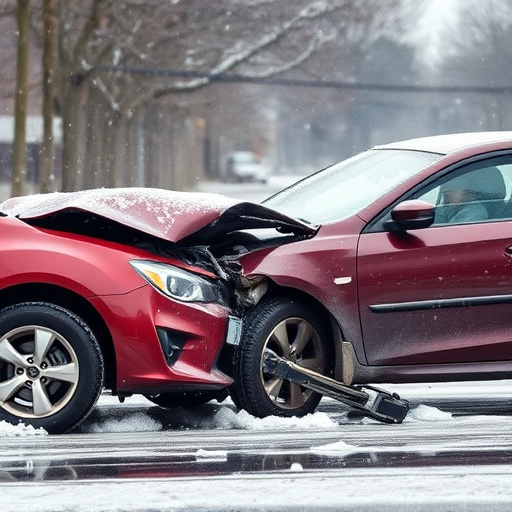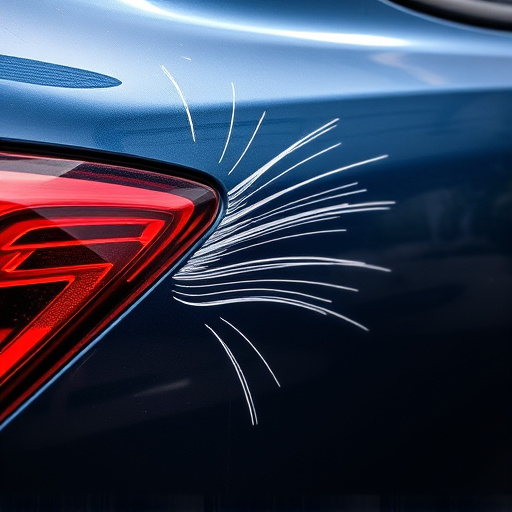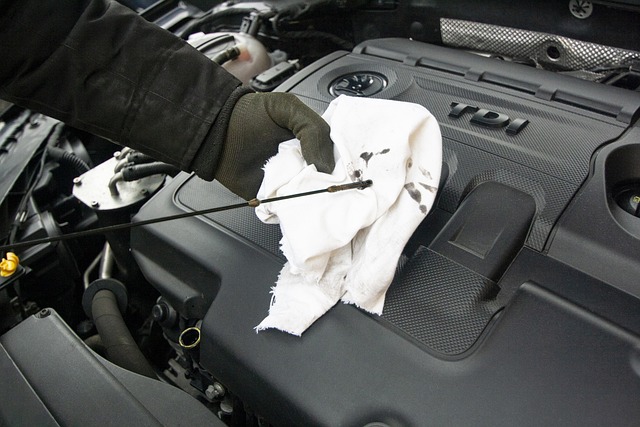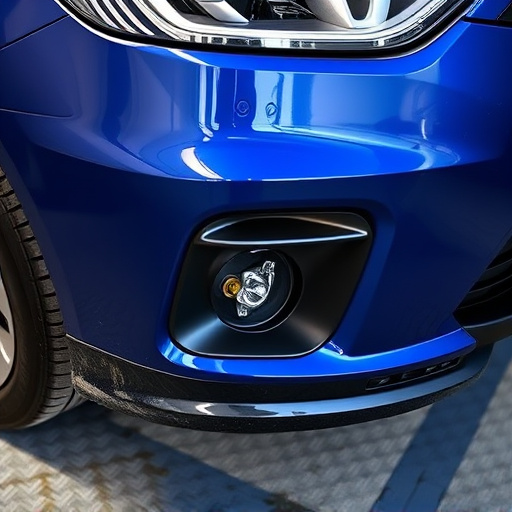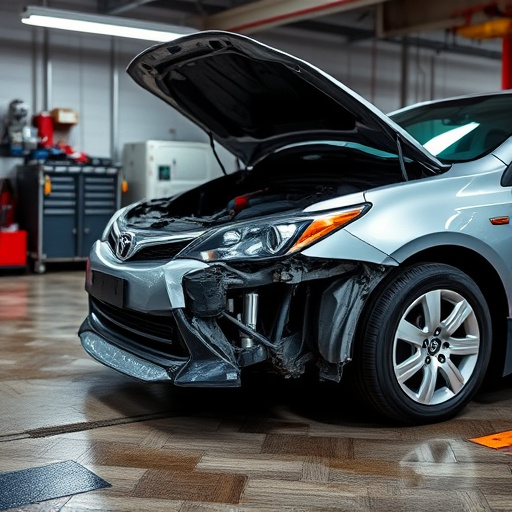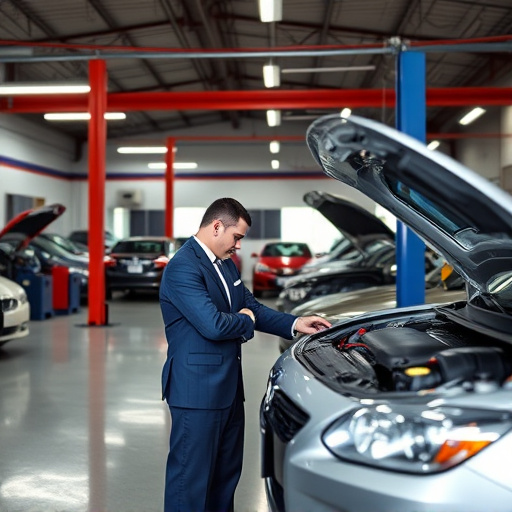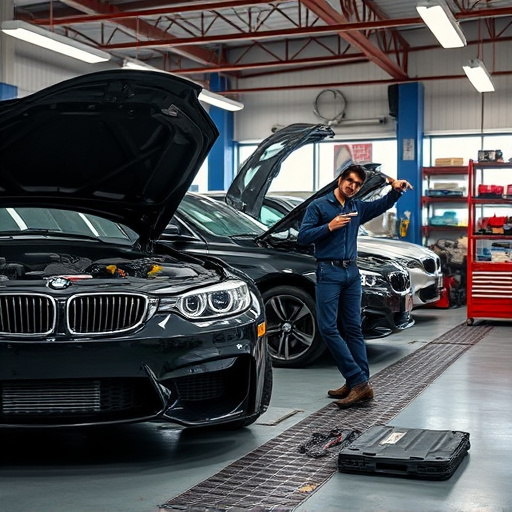Plasma cutting is a high-precision, efficient method used in various industries, including automotive repairs, employing ionized gas to melt and cut materials swiftly and accurately. In auto body repair, it's invaluable for complex or intricate cuts, preserving structural integrity and minimizing heat damage while preparing surfaces for welding. Despite its challenges in delicate restoration, specialized equipment, techniques, and software tools mitigate plasma cutting collision, ensuring seamless integration during painting and assembly.
In the realm of industrial repairs, combining plasma cutting with MIG welding offers a dynamic approach. This article explores how these processes work together seamlessly, particularly in addressing complex issues like plasma cutting collision.
Understanding the fundamentals of plasma cutting and its role in welding repairs is key. We delve into scenarios where plasma cutting becomes essential, highlighting its ability to navigate challenging geometries. By examining potential collisions and their solutions, this guide offers insights for professionals navigating these intricate repairs, ensuring successful outcomes.
- Understanding Plasma Cutting: The Basic Principles
- MIG Welding Repairs: When and Why Plasma Cutting is Essential
- Navigating Plasma Cutting Collision: Challenges and Solutions in Repair Processes
Understanding Plasma Cutting: The Basic Principles
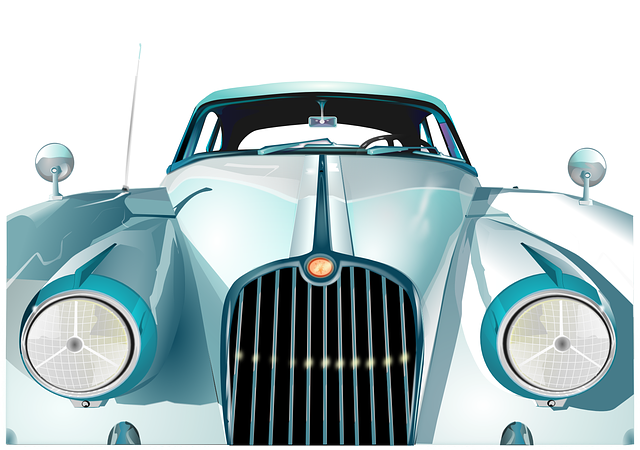
Plasma cutting is a highly precise and efficient method used in various industries, including automotive repairs. At its core, it involves using a plasma arc to melt and cut through materials with exceptional speed and accuracy. This process utilizes ionized gas, typically a mixture of gasses like argon or nitrogen, which is heated to create a high-velocity plasma stream. The intense heat and focused energy allow for clean cuts without the need for a conventional blade or tool.
Understanding how plasma cutting works is crucial in the context of MIG welding repairs, especially when dealing with auto collision repair and car paint services. Unlike traditional cutting methods that can be time-consuming and leave rough edges, plasma cutting offers a faster alternative. It’s particularly useful for complex shapes, tight spaces, or intricate patterns, ensuring high-quality results in both auto frame repair and fine detail work.
MIG Welding Repairs: When and Why Plasma Cutting is Essential

In many auto repair shops and collision repair shops, MIG welding is a go-to method for joining metal parts in car bodywork repairs. It offers precision and speed, making it ideal for creating strong bonds. However, there are situations where plasma cutting becomes an essential tool to ensure successful MIG welding repairs.
Plasma cutting is particularly valuable when dealing with complex or intricate cuts in car bodywork. Its high-speed and precision capabilities allow for clean, accurate cuts, which are crucial when preparing the metal surface for welding. By precisely cutting around damaged areas, plasma cutting enables welders to focus on repairing specific components without compromising structural integrity. This is especially important in collision repair shops where restoring the original condition of the vehicle is a top priority. Moreover, plasma cutting minimizes the risk of heat-related damage during the repair process, ensuring that sensitive parts remain intact and the overall quality of the auto body work remains high.
Navigating Plasma Cutting Collision: Challenges and Solutions in Repair Processes
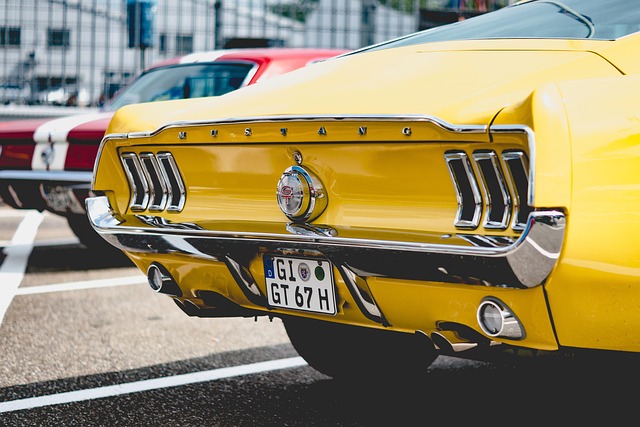
Plasma cutting, an advanced technique, often poses unique challenges when integrated into repair processes, especially in delicate car body restoration scenarios. One of the primary hurdles is managing plasma cutting collision, where precise cutting paths must navigate around existing components and structures within the vehicle’s frame. This requires meticulous planning to avoid damaging surrounding areas, such as painted surfaces or other critical parts.
Solutions to these challenges involve employing specialized equipment designed for controlled plasma cutting, allowing for tighter tolerances. Skilled technicians use advanced techniques like masking, shielding, and precise cutting parameters to mitigate collateral damage. Additionally, modern software tools facilitate accurate cutting path planning, ensuring seamless integration of plasma-cut sections into the existing car body structure during auto body painting and final assembly at collision centers.
Plasma cutting has established itself as an indispensable tool in MIG welding repairs, offering precise and efficient solutions for challenging materials. By understanding the basic principles of plasma cutting and its unique advantages, professionals can effectively navigate plasma cutting collisions, ensuring successful repair outcomes. This technique’s versatility allows for intricate cuts and seamless integration, making it a game-changer in the world of metal fabrication and repair.

